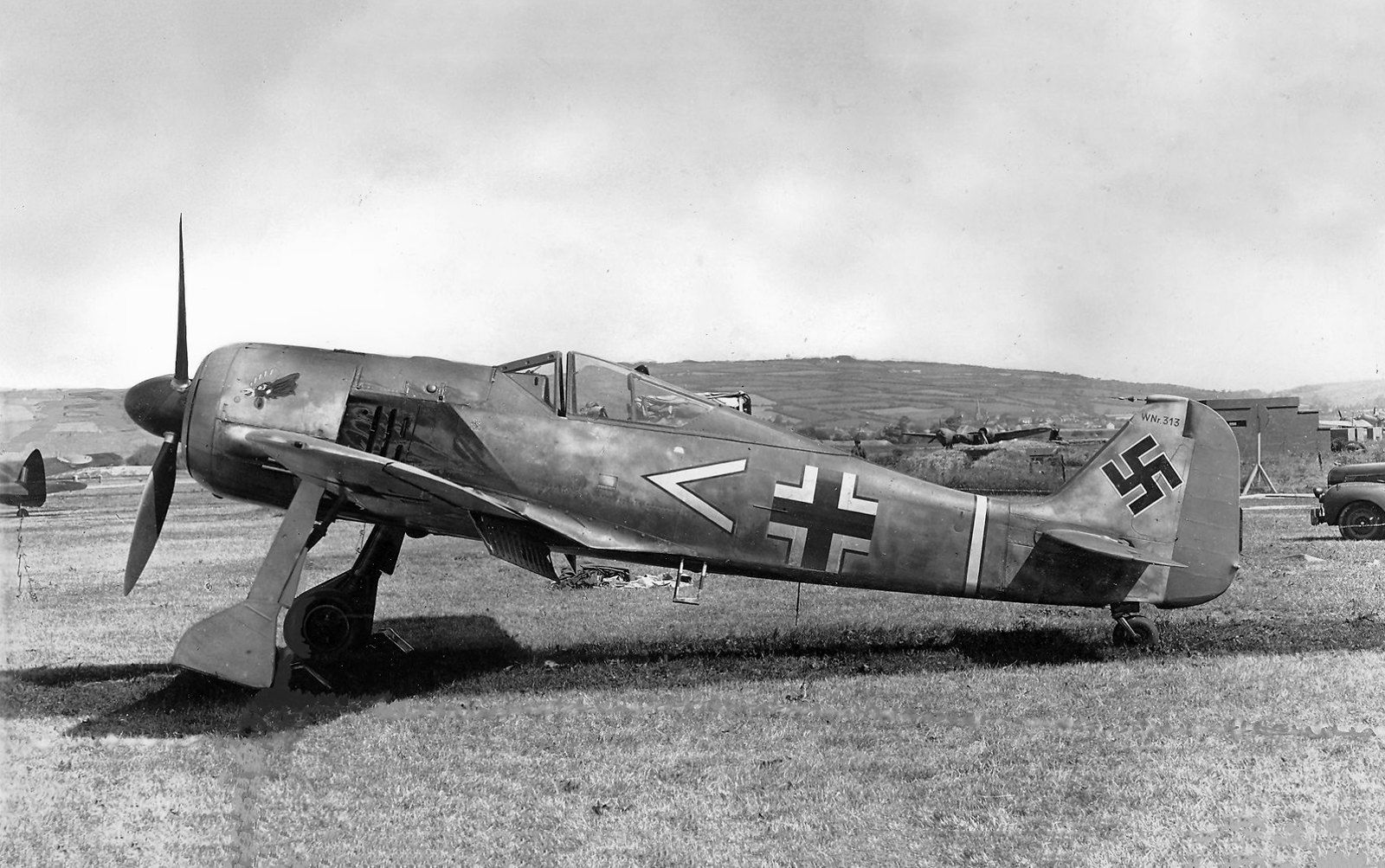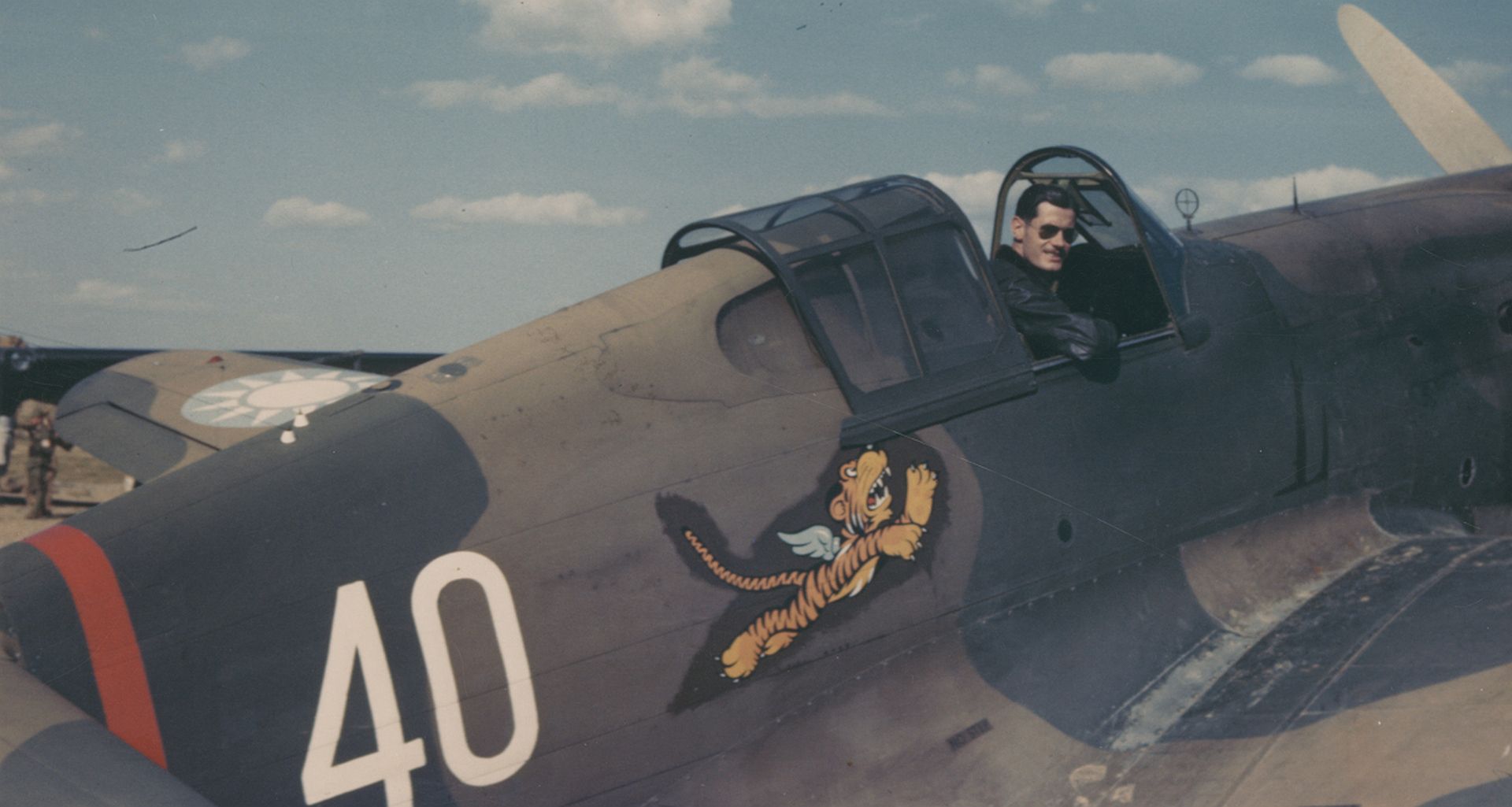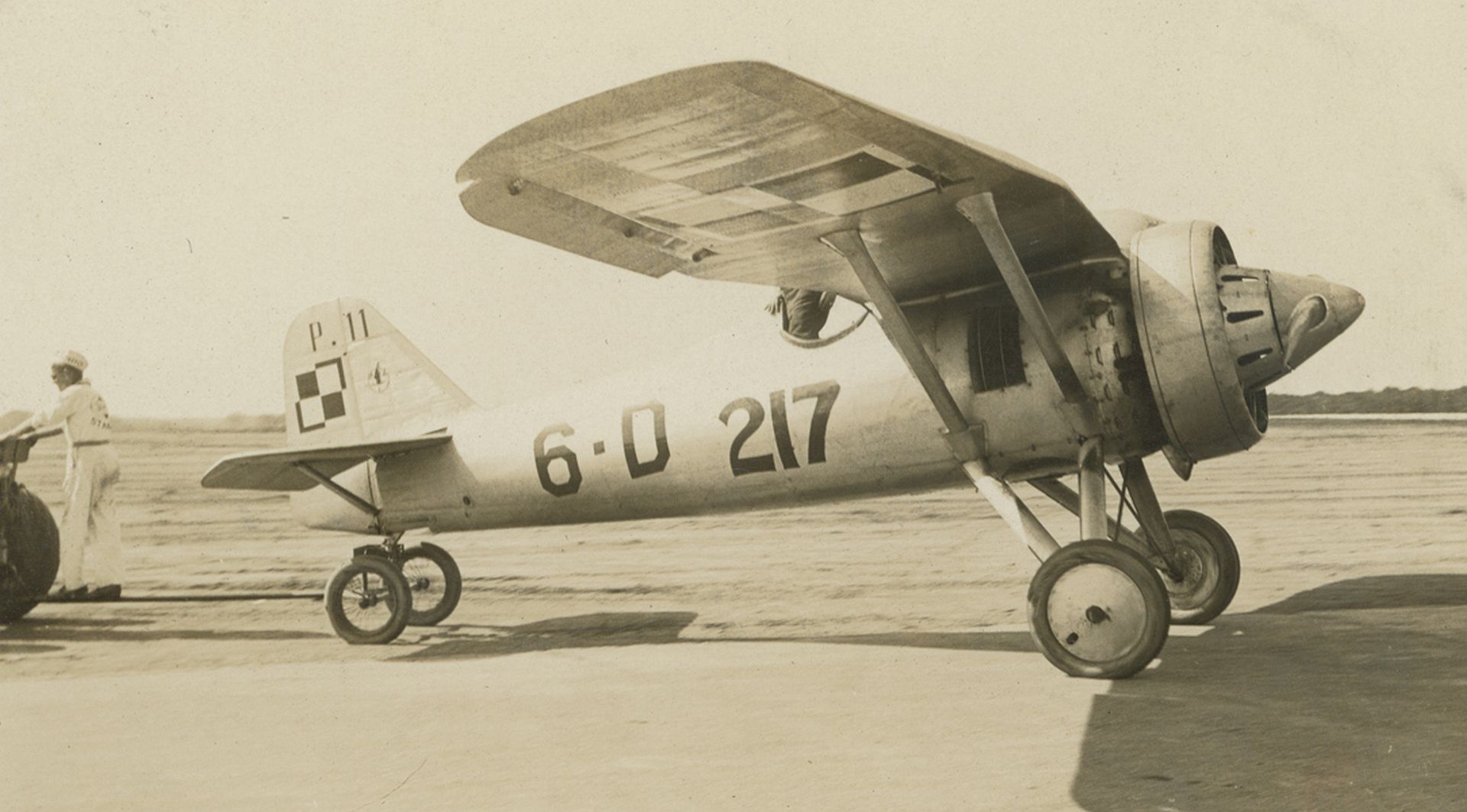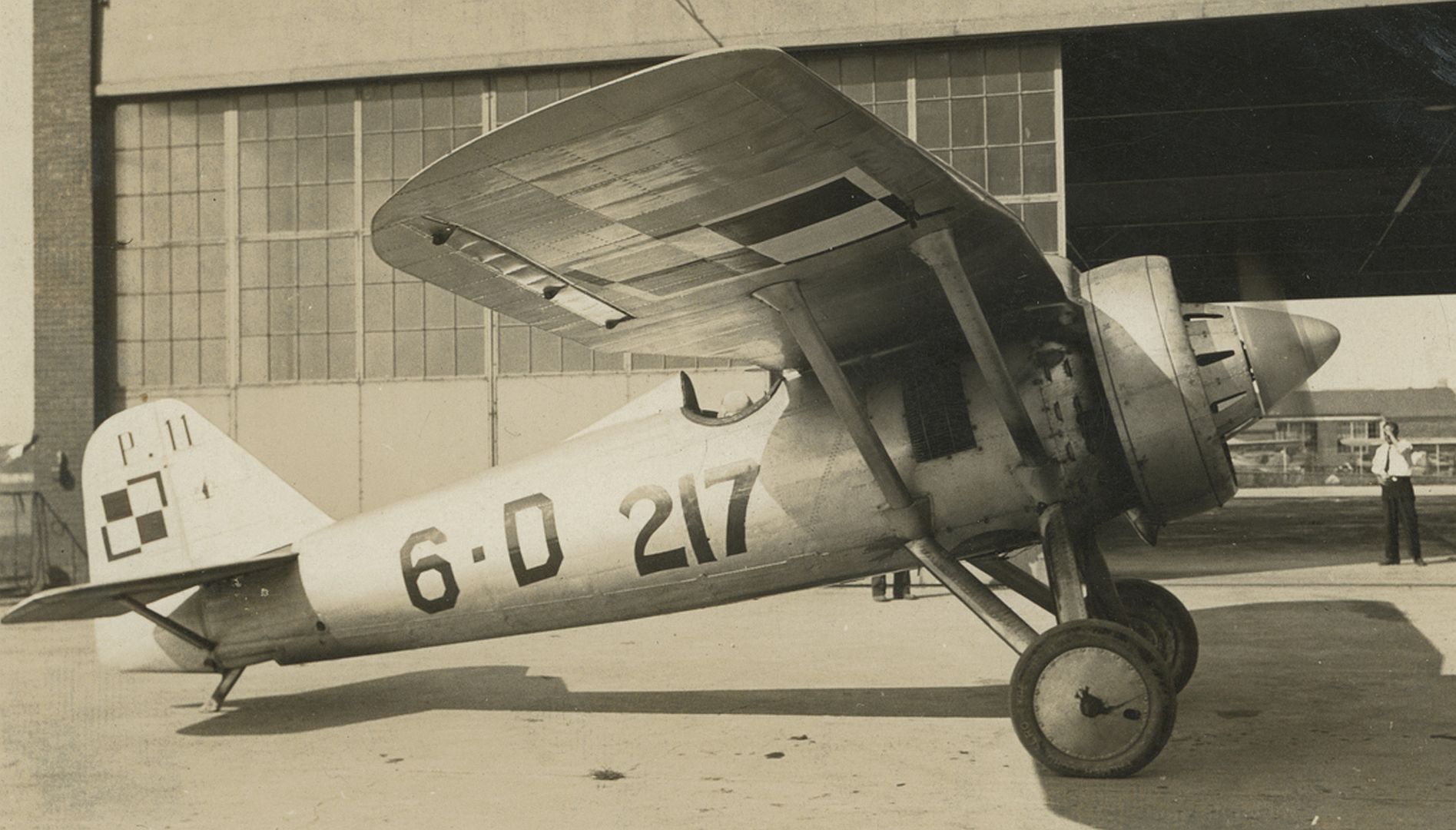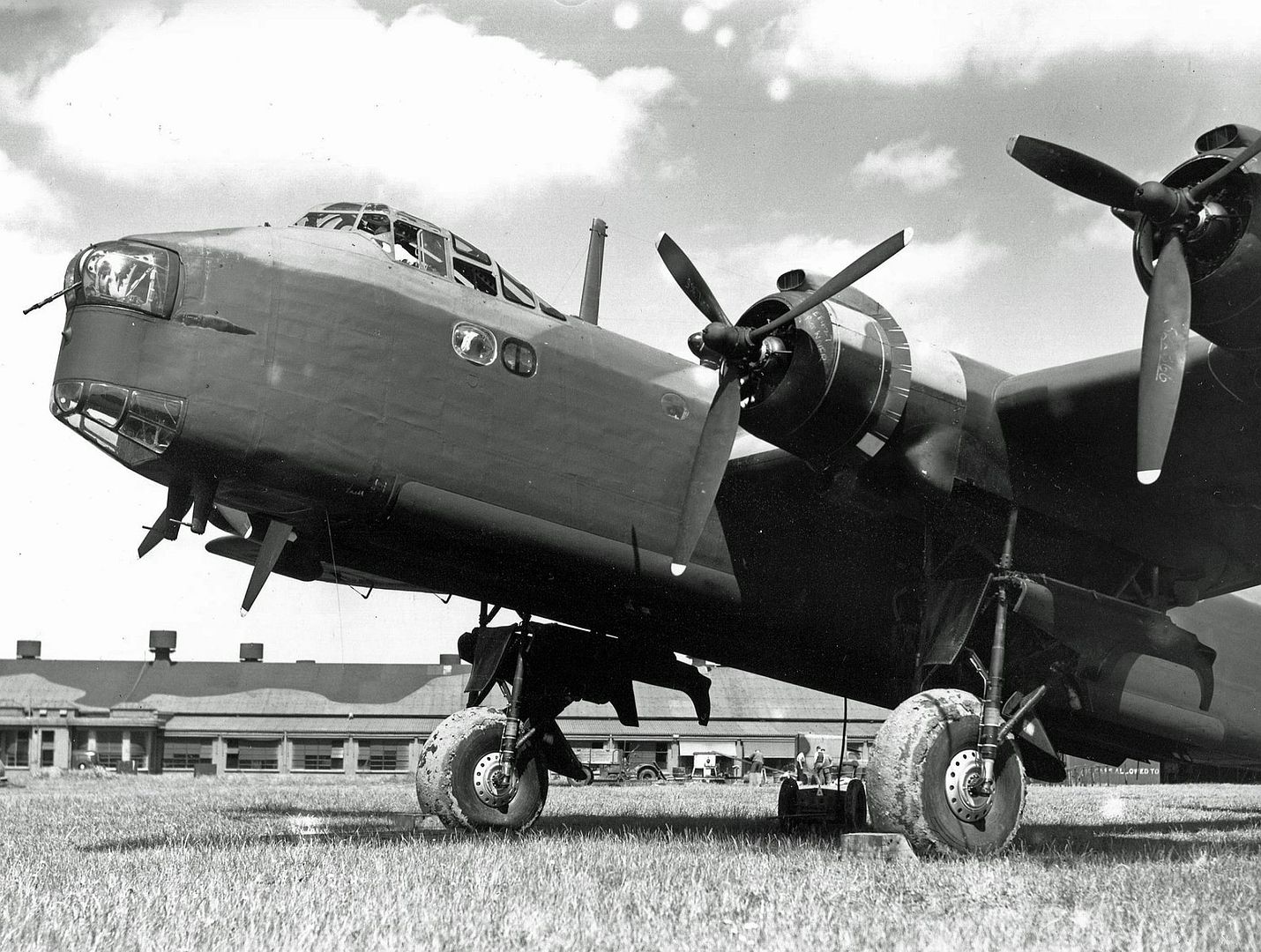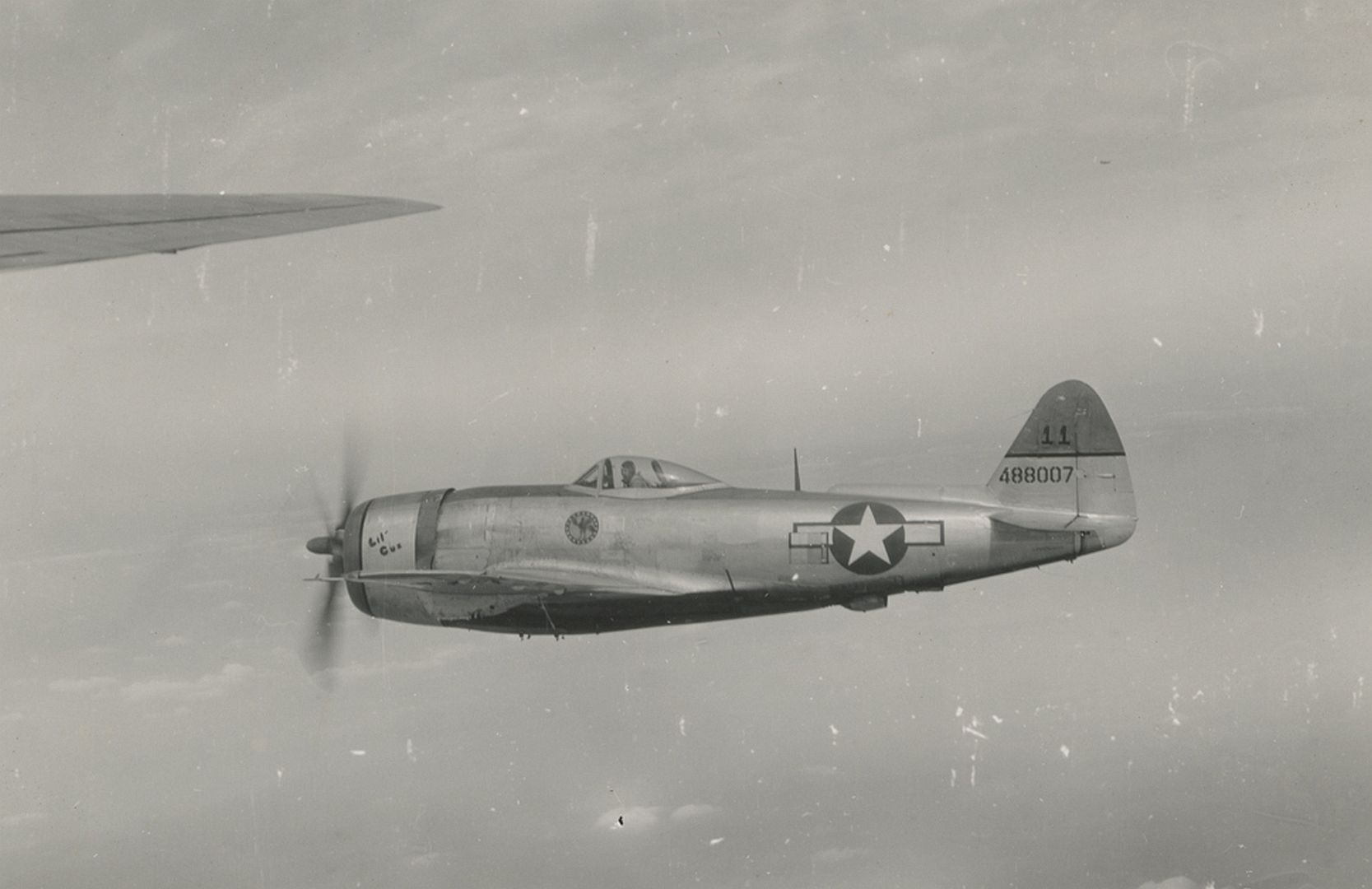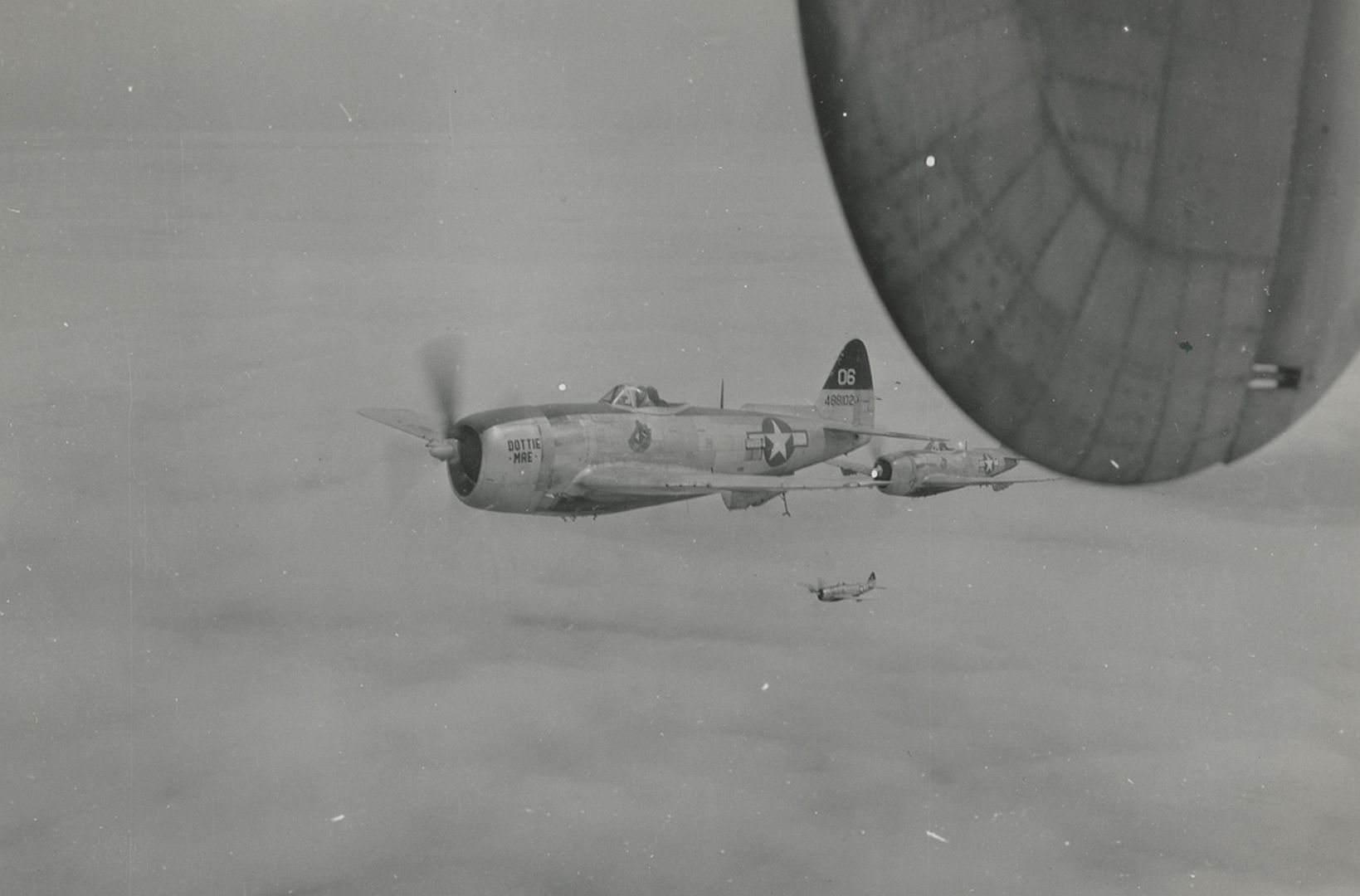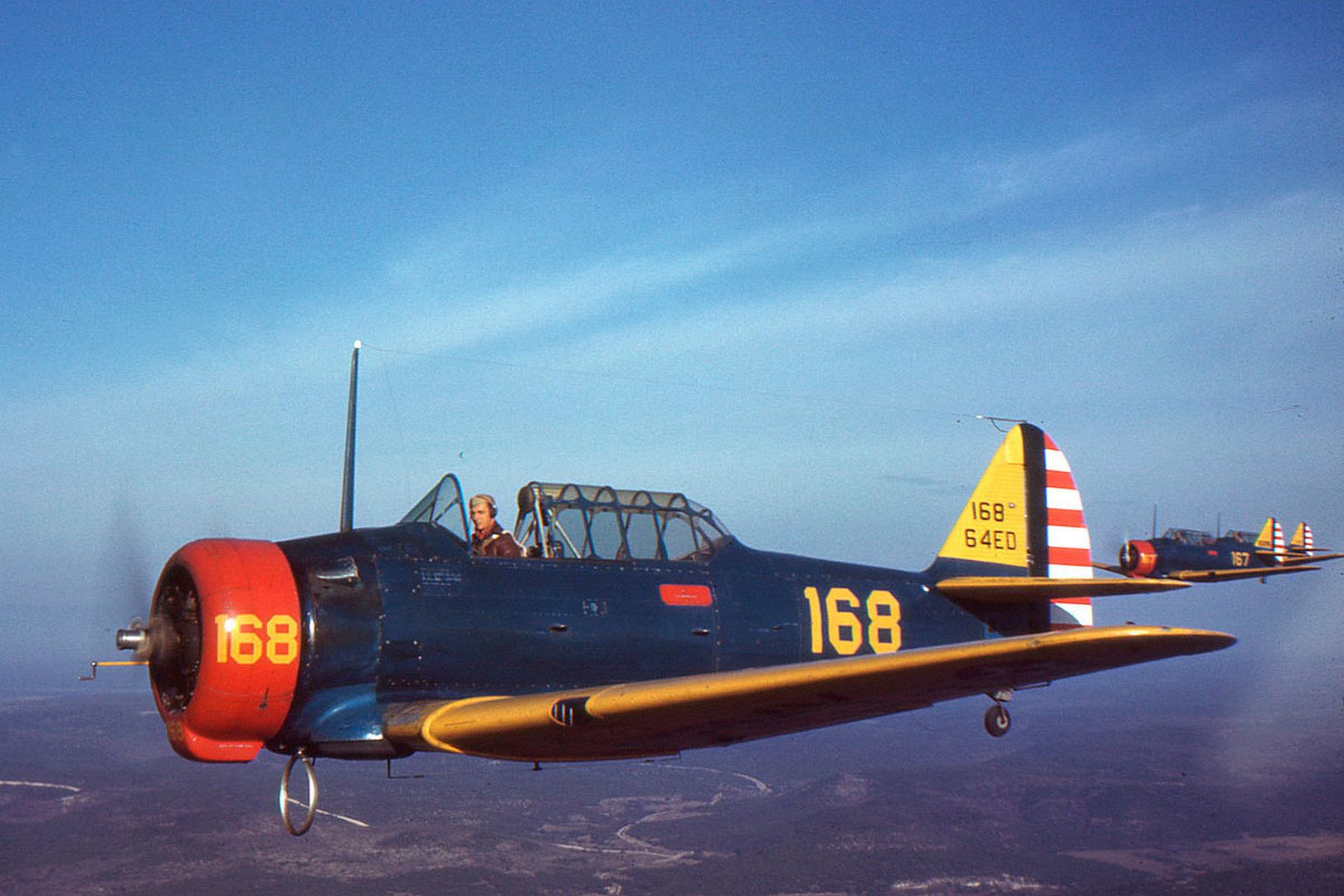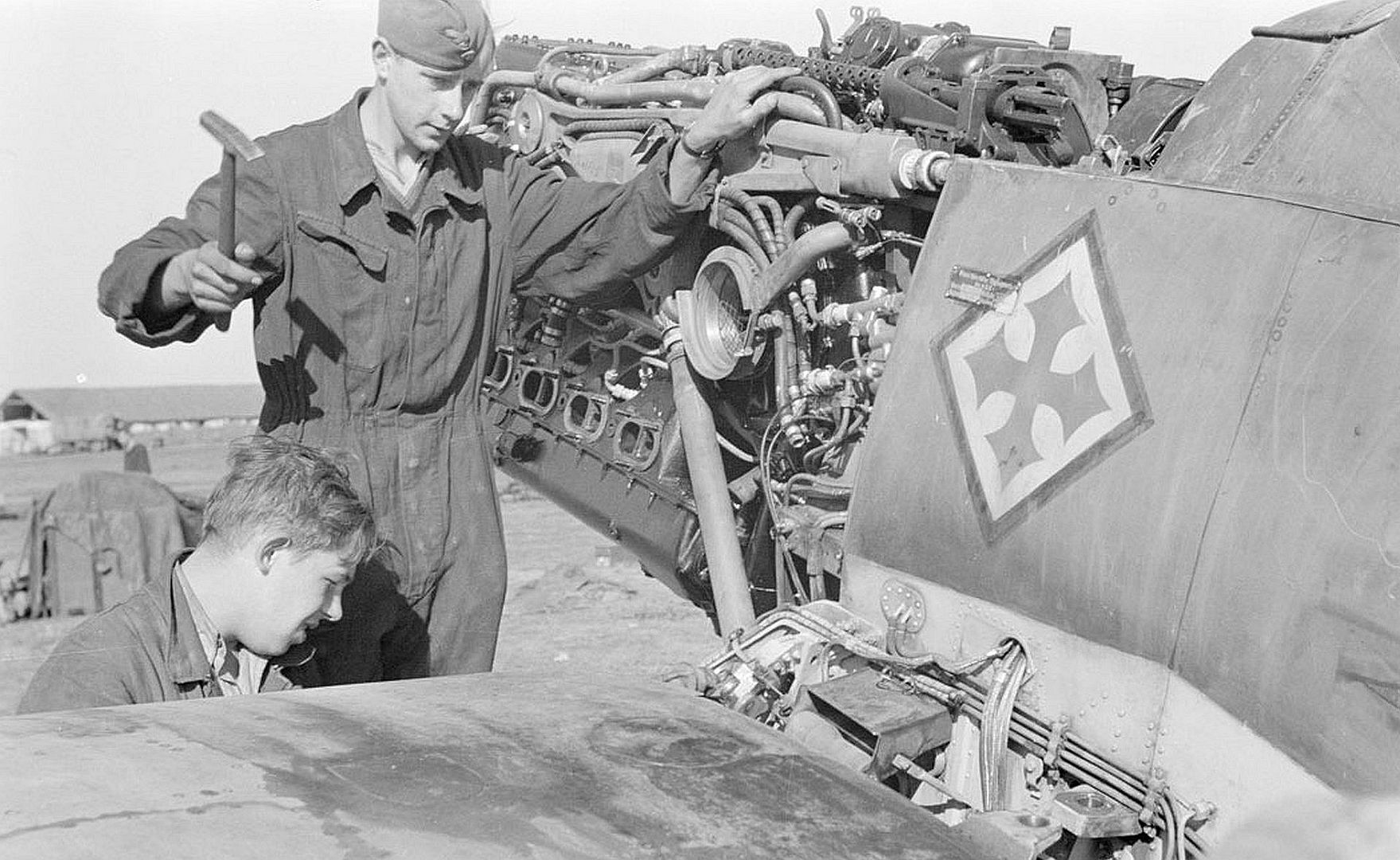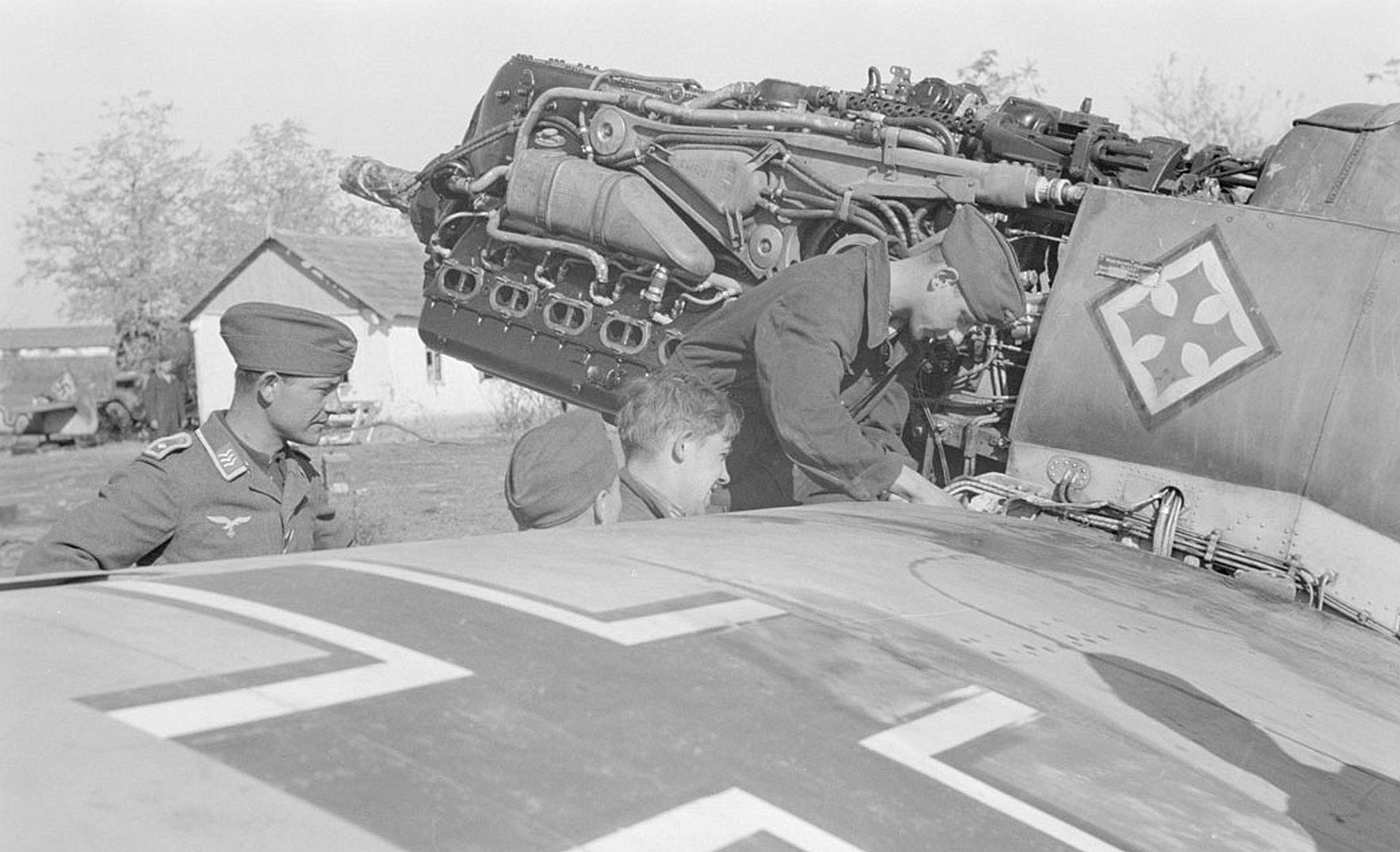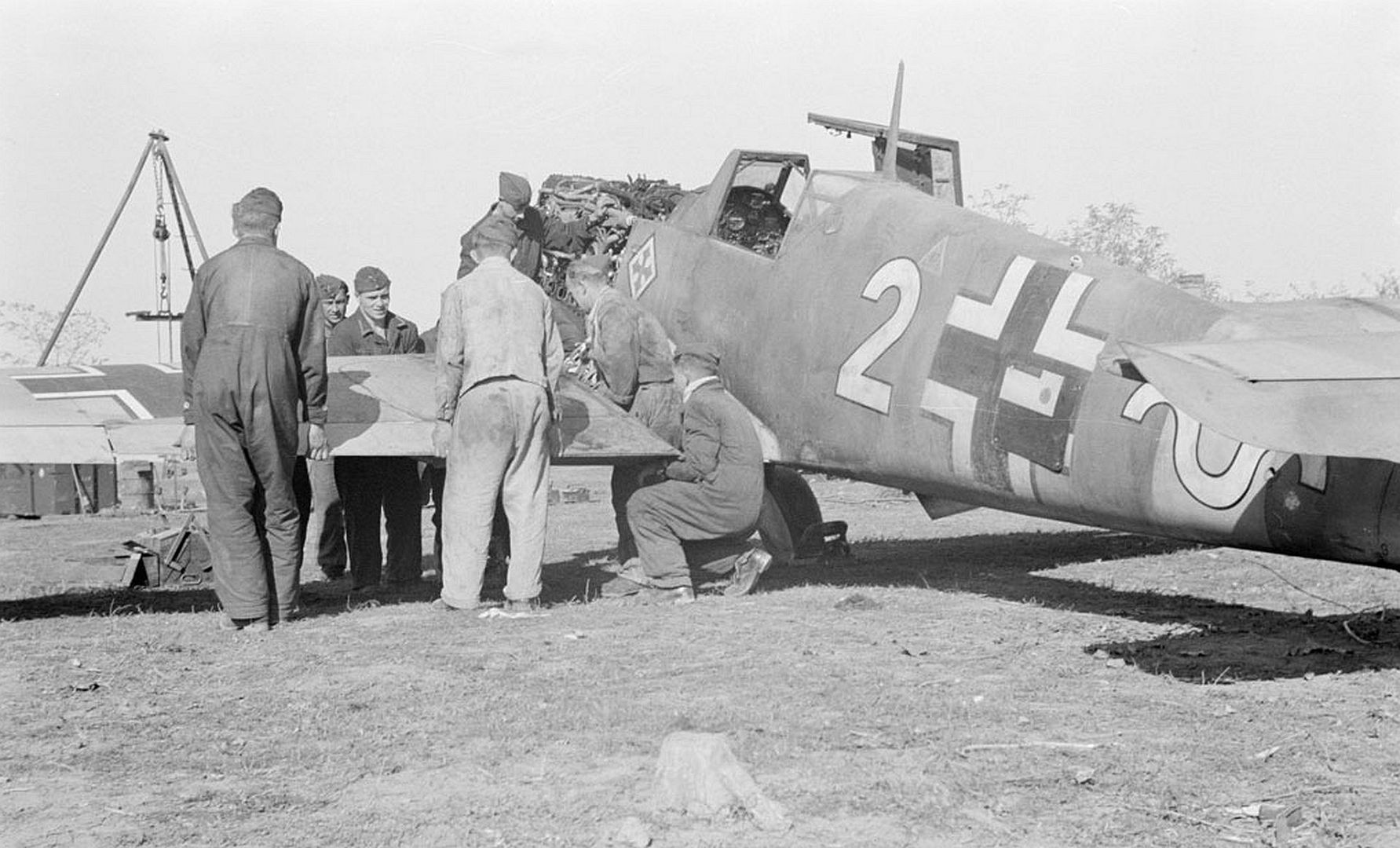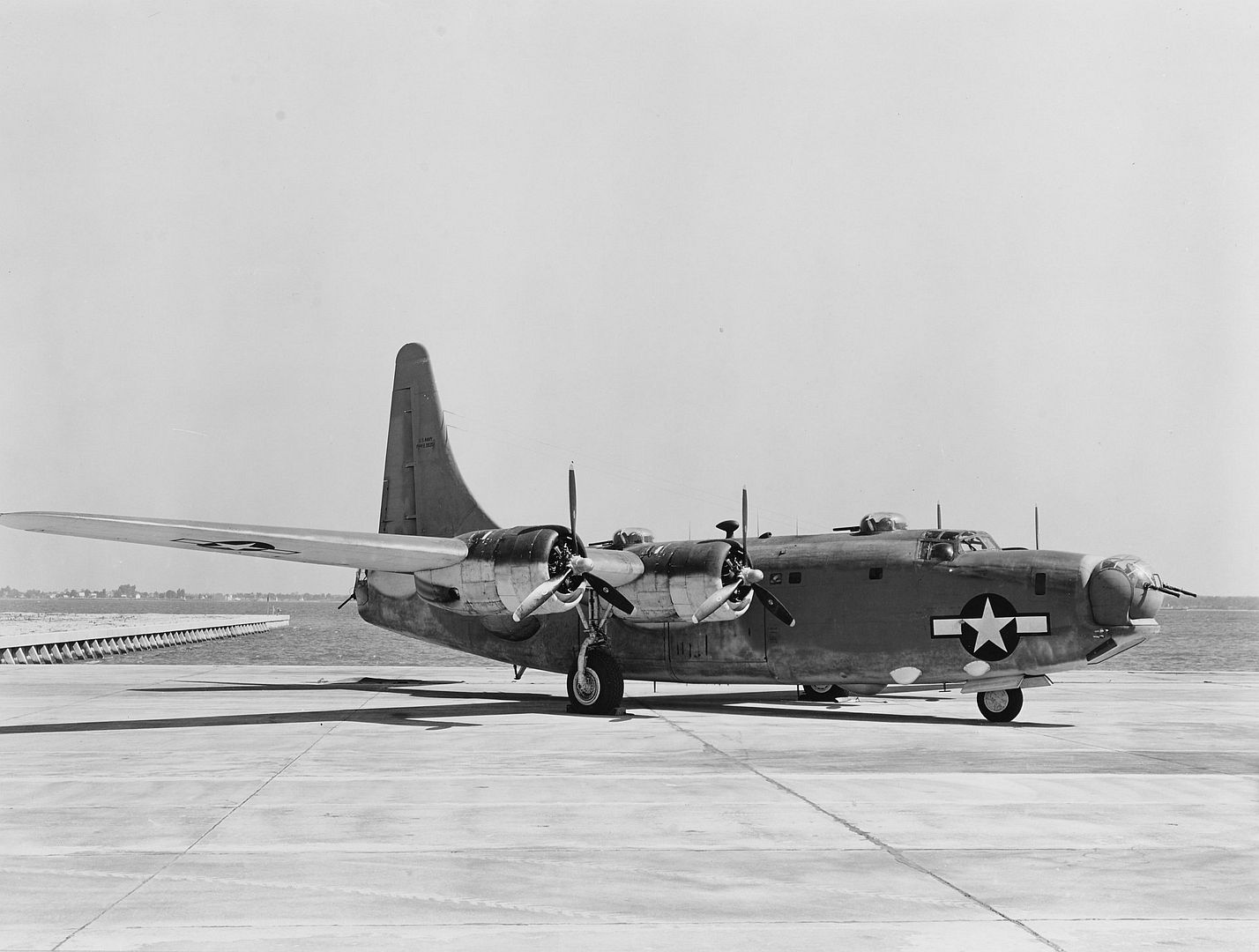Forums
- Forums
- Axis And Allies Forum
- General Discussion
- Photo of the week
Photo of the week
Post a reply
- Go to Next topic
- Go to Welcome
- Go to Introduce Yourself
- Go to General Discussion
- Go to Screenshots, Images and Videos
- Go to Off topic
- Go to Works in Progress
- Go to Skinning Tips / Tutorials
- Go to Skin Requests
- Go to IJAAF Library
- Go to Luftwaffe Library
- Go to RAF Library
- Go to USAAF / USN Library
- Go to Misc Library
- Go to The Ops Room
- Go to Made in Germany
- Go to Campaigns and Missions
- Go to Works in Progress
- Go to Juri's Air-Raid Shelter
- Go to Campaigns and Missions
- Go to Works in Progress
- Go to Skinpacks
- Go to External Projects Discussion
- Go to Books & Resources
-
 Main Admin
Main Admin -
 Main Admin
Main Admin -
 Main Admin
Main Admin -
 Main Admin
Main Admin -
 Main Admin
Main Admin -
 Main Admin
Main Admin -
3 years agoSun Feb 14 2021, 03:26pmDuggy
 Main AdminThis weekends extra.
Main AdminThis weekends extra.
Beaverbrook-Harriman mission
Beginning in the spring of 1941, Harriman served President Franklin D. Roosevelt as a special envoy to Europe and helped coordinate the Lend-Lease program. In August 1941, Harriman was present at the meeting between FDR and Winston Churchill at Placentia Bay, which yielded the Atlantic Charter. The joint agreement would establish American and British goals for the period following the end of World War II—before the U.S. was involved in that war—in the form of a common declaration of principles that were eventually endorsed by all of the Allies. Harriman was subsequently dispatched to Moscow to negotiate the terms of the Lend-Lease agreement with the Soviet Union in September 1941, together with the Canadian publishing millionaire Lord Beaverbrook, who represented Great Britain. Harriman tended to follow Beaverbrook's argument that since Germany had committed three million men to the invasion of the Soviet Union—so that the Soviets were doing the bulk of the fighting against the Third Reich—it was in the best interests of the Western powers to do everything to assist the Soviet Union. The decision to aid the Soviet Union was taken against the advice of the U.S. ambassador in Moscow, Laurence Steinhardt, who from the moment that Operation Barbarossa started on 22 June 1941, had been sending cables predicating the Soviet Union would be rapidly defeated, and that any American aid would thus be wasted. Likewise, General George Marshall was advising President Roosevelt that it was inevitable that Germany would crush the Soviet Union, and predicted that the Wehrmacht would reach Lake Baikal by the end of 1941.
The most important result of the Beaverbrook-Harriman mission to Moscow was the conclusion agreed upon between Churchill and Roosevelt that the Soviet Union would not collapse by the end of 1941. Additional conditions of the agreement were that even if the Soviet Union was defeated in 1942, keeping Soviet Russia fighting would impose major losses on the Wehrmacht, which would only benefit the United States and Great Britain. Harriman has been subsequently criticized for not imposing preconditions on American aid to the Soviet Union, but the American historian, Gerhard Weinberg, has defended him on this point, arguing that in 1941, it was Germany—not the Soviet Union—that represented the main danger to the United States. Furthermore, Joseph Stalin told Harriman that he would refuse American aid if preconditions were attached, leaving Harriman with no alternatives on the issue. Harriman believed if Germany defeated the Soviet Union, then all of the vast natural resources of the Soviet Union would be at the disposal of the Reich, making Germany far more powerful than it already was. Therefore, it was in the best interests of the United States to deny those resources to the Reich. He also pointed out that the defeat of the Soviet Union would free up three million men of the Wehrmacht for operations elsewhere, allowing Hitler to shift money and resources from his army to his navy and potentially increasing the threat to the United States. Harriman told Roosevelt that if Operation Barbarossa was successful in 1941, Hitler would almost certainly defeat Britain in 1942. His promise of $1 billion in aid technically exceeded his brief. Determined to win over the doubtful American public, he used his own funds to purchase time on CBS radio to explain the program in terms of enlightened self-interest. Nonetheless, considerable U.S. public skepticism towards Soviet aid persisted, lifting only with the Japanese attack on Pearl Harbor.
The Harriman Mission to Russia is the first world tour since the war began in Europe. The team traveled on a consolidated B-24 Army Bomber, which departed from Bolling Field in Washington, D. C. The plane had averaged 230 miles per hour over the entire distance. The crew stopped in Fort Worth, Texas, on their way home to Washington, D. (Below).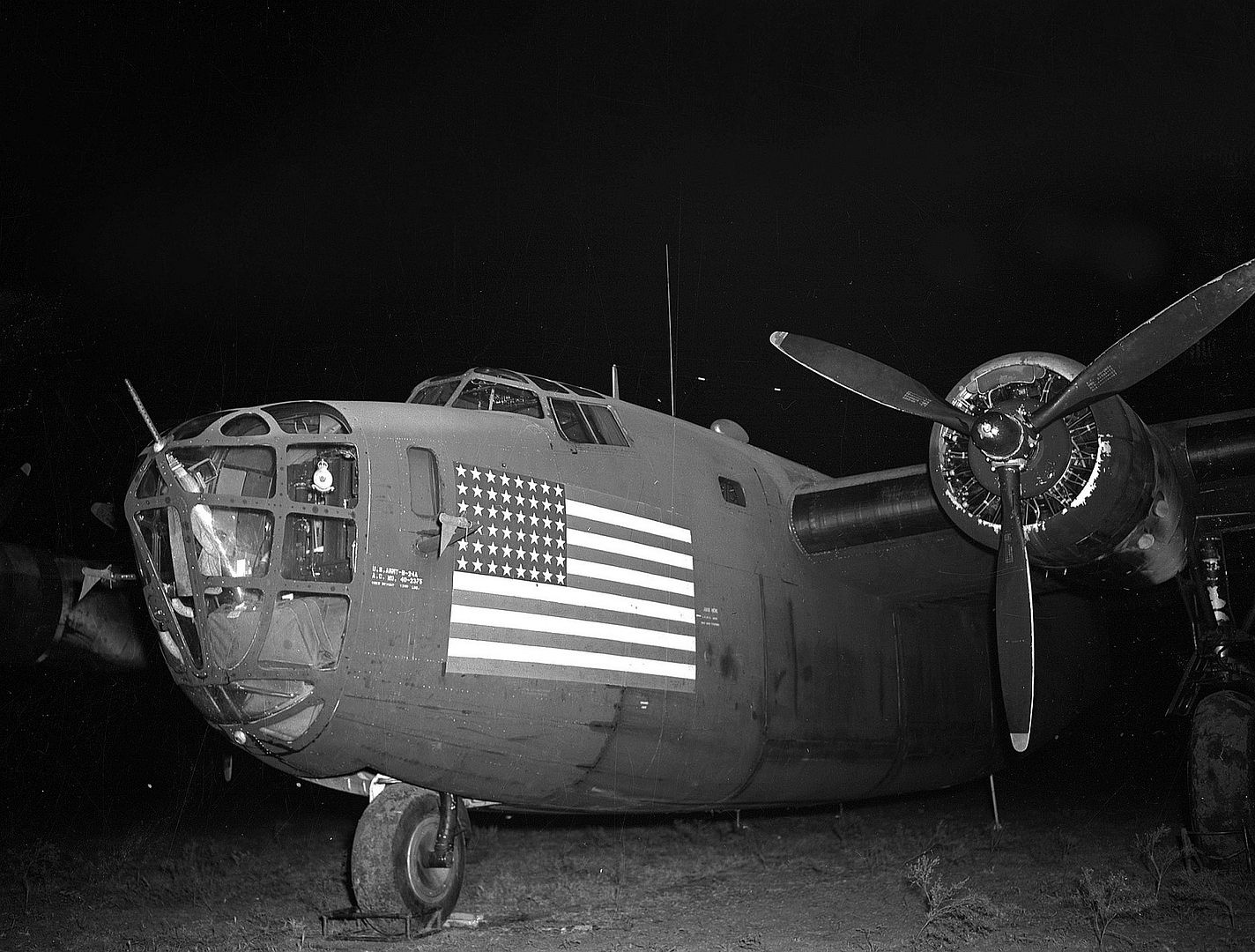
-
 Main Admin
Main Admin -
 Main Admin
Main Admin -
 Main Admin
Main Admin
Post a reply
- Go to Next topic
- Go to Welcome
- Go to Introduce Yourself
- Go to General Discussion
- Go to Screenshots, Images and Videos
- Go to Off topic
- Go to Works in Progress
- Go to Skinning Tips / Tutorials
- Go to Skin Requests
- Go to IJAAF Library
- Go to Luftwaffe Library
- Go to RAF Library
- Go to USAAF / USN Library
- Go to Misc Library
- Go to The Ops Room
- Go to Made in Germany
- Go to Campaigns and Missions
- Go to Works in Progress
- Go to Juri's Air-Raid Shelter
- Go to Campaigns and Missions
- Go to Works in Progress
- Go to Skinpacks
- Go to External Projects Discussion
- Go to Books & Resources

